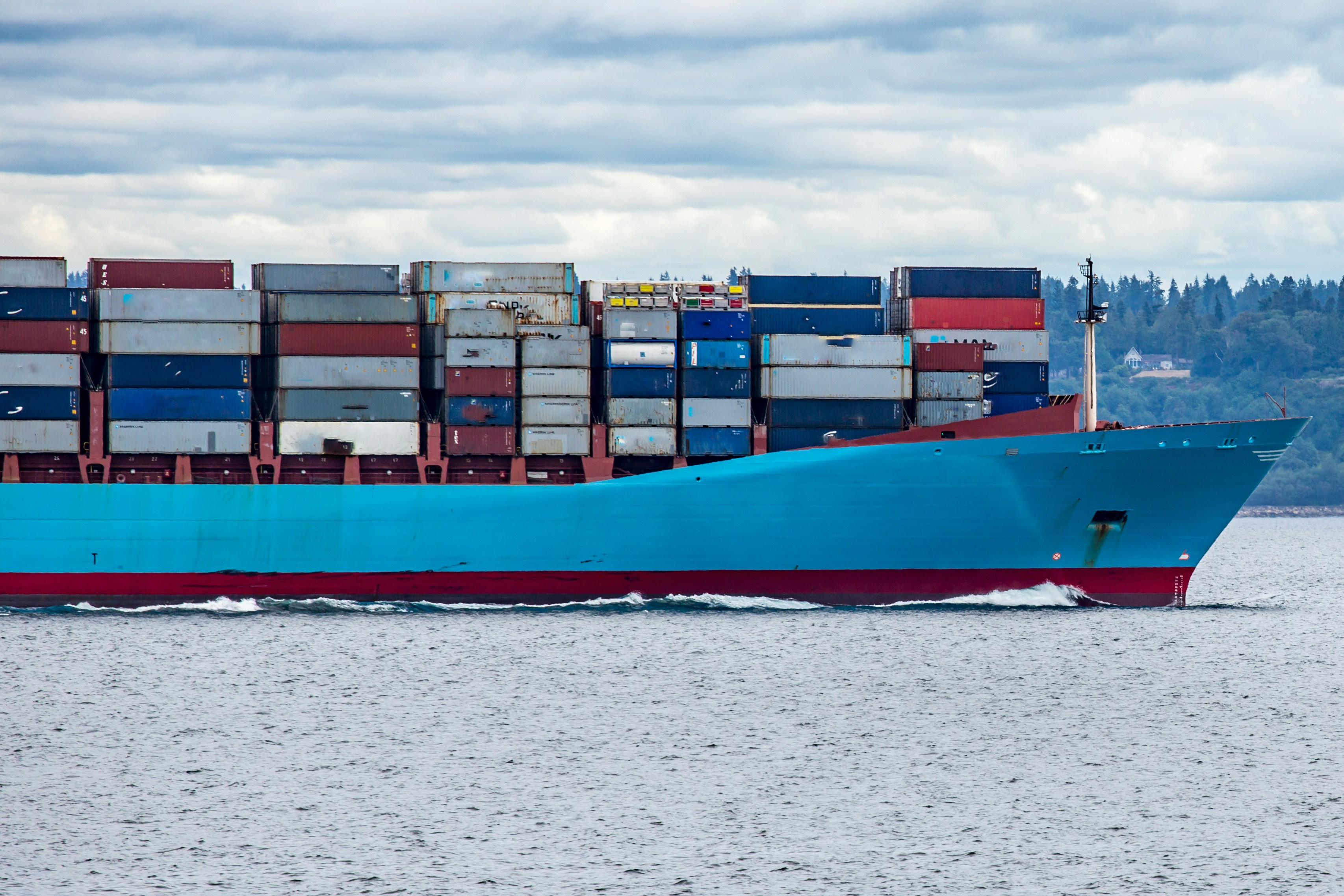
🚢 On 18 July 2025, the EU expanded its consolidated sanctions list, adding over 100 shipping assets and nearly two dozen financial institutions. That brings the list to 444 vessels and 2,500+ designated entities and individuals, each one representing a potential risk node across payments, trade, or finance.
Every new IMO number, SWIFT/BIC code, or corporate alias increases the complexity of your compliance surface. And when screening systems lag behind, the consequences can be immediate: frozen payments, disrupted shipments, delayed port entries, or worse.
As sanctions lists grow (and with customer and transaction volumes accelerating in parallel) the ability to process risk at speed and scale becomes not just a regulatory need, but an operational imperative. Batch uploads, manual reviews, and patchwork tools no longer cut it.
Modern financial crime infrastructure must continuously ingest updates, apply intelligent matching logic, and surface red flags in real time, so that compliance doesn’t become the bottleneck, but the safeguard.
hashtag#AML hashtag#SanctionsCompliance hashtag#RegTech hashtag#MaritimeRisk hashtag#arccomply